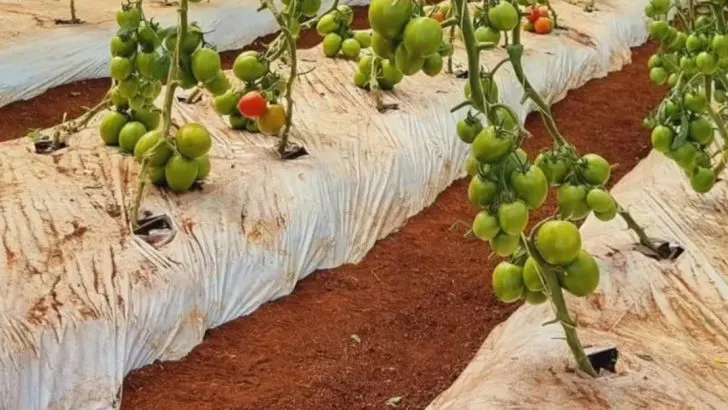Imagine a garden that thrives without a single drop from a hose or sprinkler. After years of battling dry spells and high water bills, I set out to design a truly self-sustaining garden—one that could rely entirely on rainfall and smart plant choices.
Through careful planning, soil improvement, and selecting drought-adapted species, I transformed my space into a resilient, low-maintenance haven. The result? A lush, productive garden that flourishes on its own—no irrigation required.
In this article, I’ll share how I designed a self-sustaining garden with zero irrigation—and how you can create one too.
Drought-Tolerant Plants
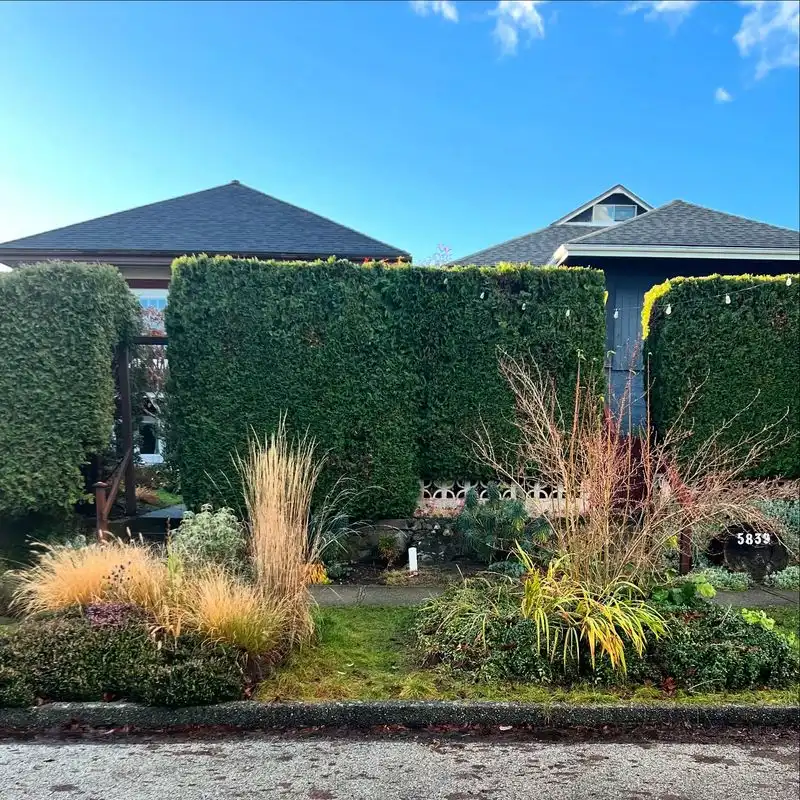
Imagine a garden that thrives even under the hottest sun. By choosing plants like lavender, succulents, and sage, I ensured resilience against dry spells. These plants naturally conserve water, requiring minimal attention. Their diverse colors and textures add visual interest, creating a vibrant display. Native species were pivotal, as they are adapted to local climates and soil, further reducing water needs. This choice not only supports local ecosystems but also provides a habitat for pollinators. Curious neighbors often ask how my garden stays lush, unaware that these plants are the unsung heroes of sustainability.
Mulching Magic
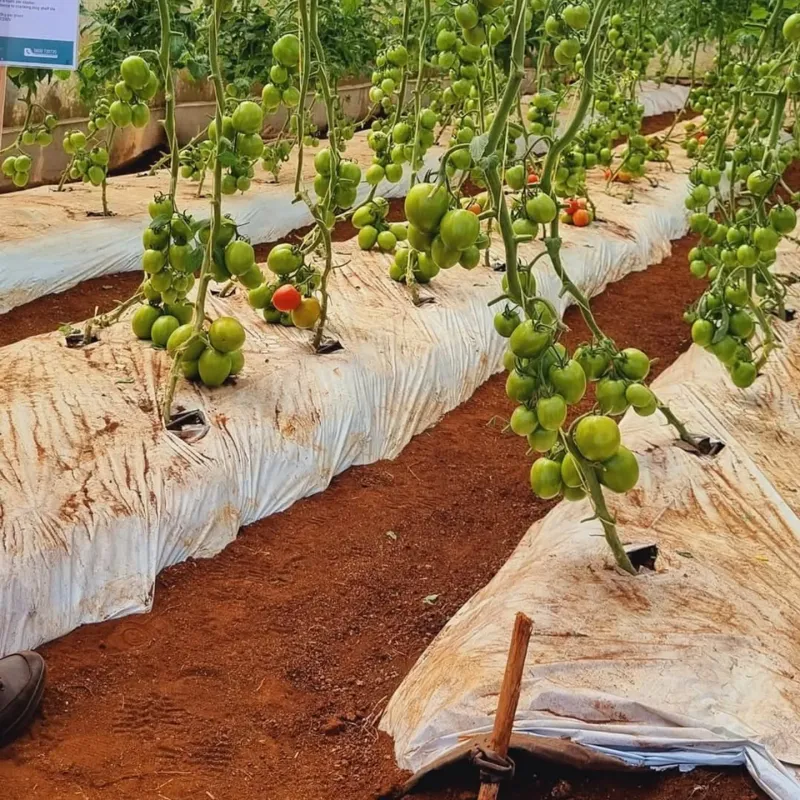
Mulch is the unsung hero in my garden’s success story. By blanketing the soil with straw, wood chips, or bark, moisture retention is significantly enhanced. This simple layer acts as a shield, preventing evaporation and suppressing weeds. It creates a healthy micro-environment where beneficial organisms thrive. Over time, the mulch breaks down, enriching the soil with nutrients. A visitor once noted the earthy aroma, a testament to the vibrant life it supports beneath. This seemingly small step plays a crucial role in maintaining a thriving, self-sustaining ecosystem.
Gravity-Fed Water Systems
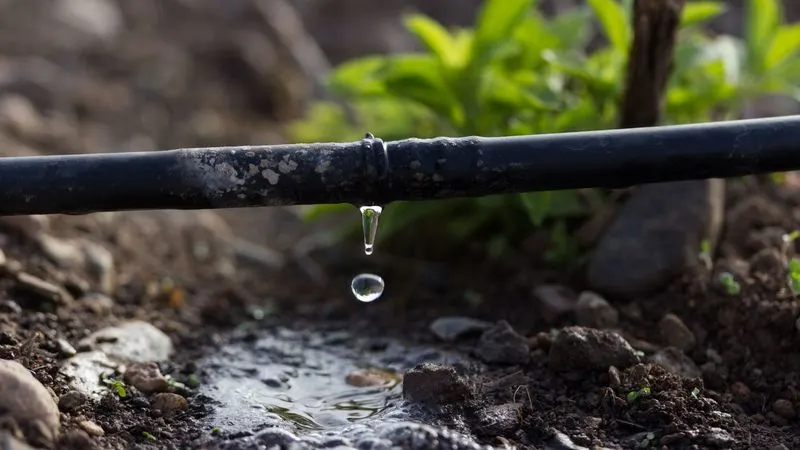
Harnessing gravity’s power, I implemented a simple yet effective watering solution. Rain barrels collect water, which then flows downhill to the garden beds. This method not only conserves water but also reduces reliance on external irrigation. The gentle, consistent flow ensures plants receive what they need without waste. Neighbors are often intrigued by the absence of hoses, unaware of the silent work gravity performs. This eco-friendly approach mirrors nature’s efficiency, providing a reliable water source during dry spells. It stands as a testament to innovative, sustainable garden design.
Companion Planting

In my garden, plants live symbiotically, enhancing each other’s growth. By pairing vegetables and herbs like tomatoes with basil, I promote natural pest control and improved yields. This technique fosters a balanced ecosystem, reducing the need for artificial inputs. Observing the harmony between plants is a rewarding experience, as they support one another in nutrient sharing and pest deterrence. A friend once marveled at the vibrant growth, unaware of the subtle plant interactions at play. Embracing this age-old practice conserves resources and boosts garden productivity.
Rain Garden
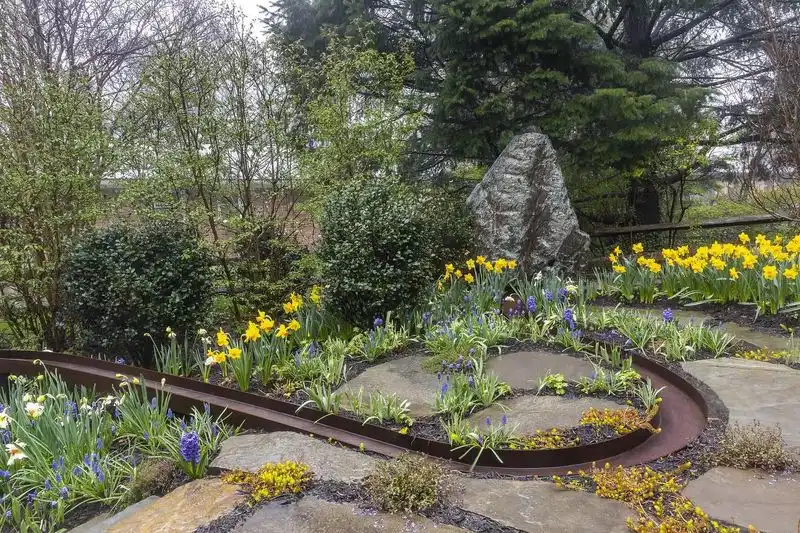
Transforming a low-lying area into a rain garden added beauty and functionality to my space. This feature captures runoff, reducing erosion and recharging groundwater. By selecting native plants, the garden thrives with minimal care, attracting local wildlife. It’s a dynamic landscape element that evolves with each rain. A passerby might see a lush, wild area, not realizing its role in water management. This blend of aesthetics and practicality highlights the garden’s role in sustainable living, making it an essential component of my design.
Soil Health Focus
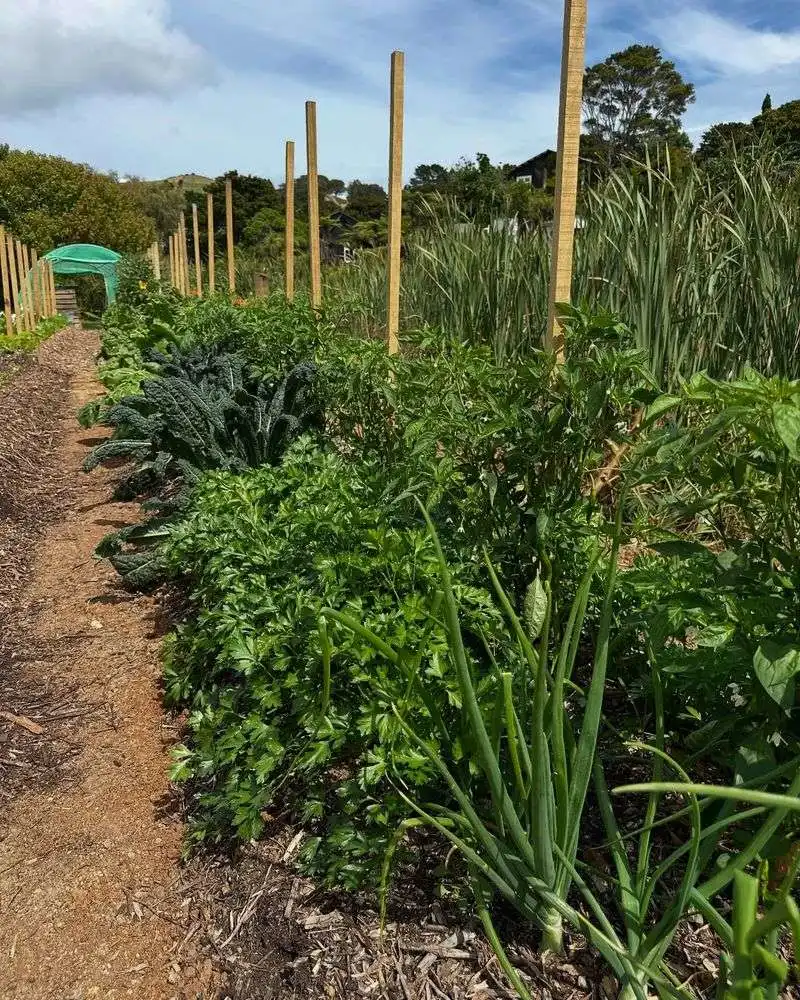
Soil quality is the foundation of any thriving garden. By enriching it with organic matter like compost and manure, I created a nurturing environment for plant roots. The presence of earthworms indicates the soil’s vitality and fertility. These efforts boost the soil’s ability to retain moisture, reducing the need for additional watering. A visitor digging their hands into the rich earth often remarks on its softness, unaware of the meticulous care invested. Focusing on the soil ensures that plants receive the nutrients they need, fostering a robust, self-sustaining ecosystem.
Windbreaks and Shelterbelts
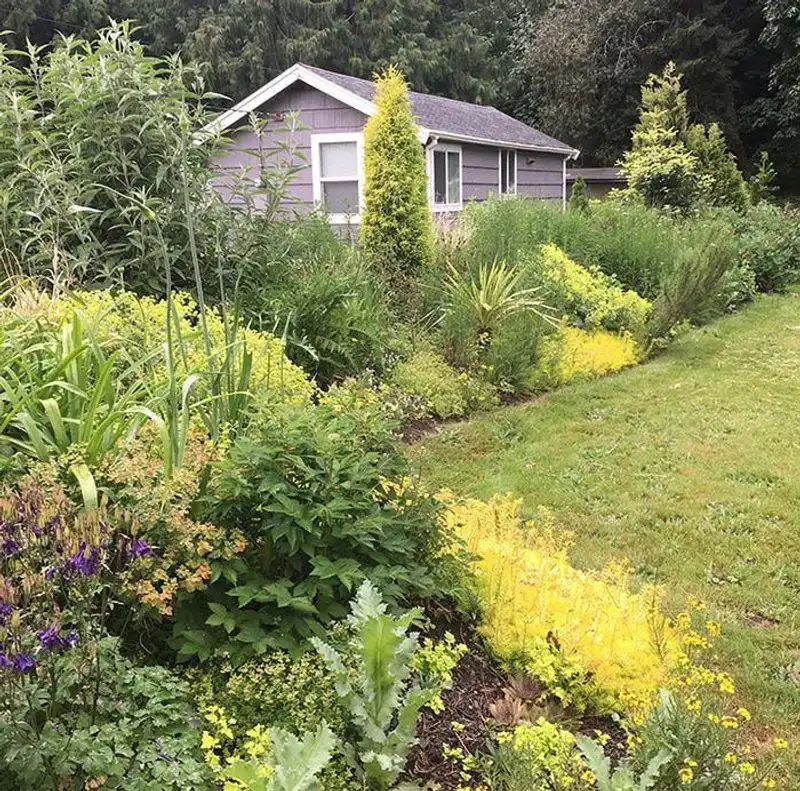
Windbreaks play a pivotal role in garden sustainability. By planting strategic rows of trees and shrubs, I created a natural barrier against harsh winds. This not only protects delicate plants but also reduces evaporation, helping to conserve soil moisture. It’s a microclimate engineering feat that many overlook. Neighbors often enjoy the tranquility of my garden, not realizing the shelterbelt’s contribution. This method exemplifies nature’s own protective mechanisms, ensuring the garden’s health and resilience against the elements. It’s an indispensable strategy in my sustainable garden design.

